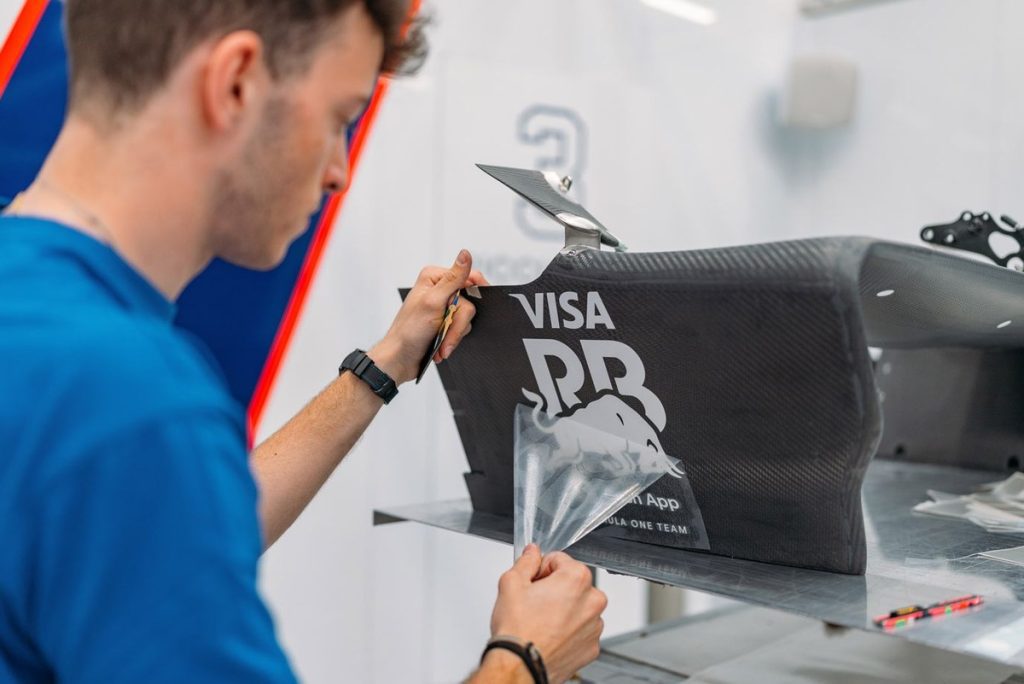The current regulations in Formula 1 have contributed to the most competitive grid ever, where even slight upgrades can determine whether a team scores points or exits in Q1. The complexity of ground-effect cars, combined with spending limits and restrictions on aerodynamic testing, has narrowed development margins, necessitating meticulous planning and collaboration across all departments.
This scenario is mirrored at Visa Cash App Racing Bulls, which has experienced both ends of a tightly contested midfield over the last 18 months. The team utilizes components like power units, gearboxes, and suspensions from its parent team, Red Bull Racing, but undertakes the majority of production in-house with a workforce of over 500 in Faenza and an additional 200 in Milton Keynes. This is where the five-step process of transitioning aerodynamic concepts to actual track performance begins.
Step 1: Aerodynamics
Each aerodynamic upgrade is initiated by ideas from the aerodynamicists, primarily based at Racing Bulls’ new UK headquarters in Milton Keynes, though flexible working strategies now allow collaboration with the Faenza facility. The proximity to Red Bull’s wind tunnel, located at the Red Bull Technologies campus, significantly enhances access to resources, allowing the team to produce 60% scale models for testing new aero surfaces.
With the current budget constraints in F1, teams must meticulously choose which concepts to develop due to limitations on available resources like wind tunnel hours and computational fluid dynamics (CFD) work. To mitigate these restrictions, teams have optimized their methodologies for better efficiency and accuracy. “The first phase is CFD evaluation,” explains Matteo Piraccini, Racing Bulls’ operations director. This step filters several aerodynamic shapes down to a few viable options for wind tunnel testing, culminating in informed decisions regarding the most effective designs.
Step 2: Design
Once aerodynamic shapes are analyzed, they are forwarded from the UK team to the design engineers in Faenza, who transform these concepts into functional components. This involves ensuring the shapes not only meet aerodynamic specifications but also provide structural integrity through the use of CAD software. Regulatory changes, such as the FIA’s stricter load tests, demand additional reinforcement in parts like front wings, affecting the design process.
Design is not just about aesthetics; it involves meeting safety and regulatory requirements. Depending on the construction type, different protocols are observed during design specification to ensure compliance with load limits set by the FIA. Updates driven by new regulations, like those for the Barcelona circuit, necessitate precise and functional designs that can withstand scrutiny.
Step 3: Production
This process isn’t linear; production teams often start working on components before design specifications are finalized to maximize efficiency. “Production doesn’t wait for the final specs,” notes Piraccini. As major components like the front wing are released, production can start on individual parts, coordinated carefully to align with project timelines.
Creating carbon fiber components involves a clean room environment to avoid contamination during the lamination process. Once laminated, parts undergo curing in an autoclave, where they are subjected to high temperatures and pressures, enhancing their strength-to-weight ratios. The manufacturing of components is closely monitored to prevent compromising quality.
Step 4: Quality
Quality control plays a crucial role in validating newly produced components. This phase involves thorough checks to ensure dimensional accuracy and structural integrity through both destructive and non-destructive testing methods. Early identification of potential issues is essential to maintain efficiency throughout the production process, with ongoing tests occurring throughout the lifecycle of parts.
Step 5: Assembly
The final stage involves assembling sub-components like the full suspension unit and nose box, incorporating new designs and wiring. Upcoming races, like the one in Imola, allow the team to finalize assembly much later due to geographical proximity to the racing circuit, which helps in optimizing deadlines.
The need for streamlined processes to reduce time and costs in developing new parts reflects the rigorous competitive nature of F1, where every second counts. Effective communication and coordination remain vital both on the track and within the factories.



